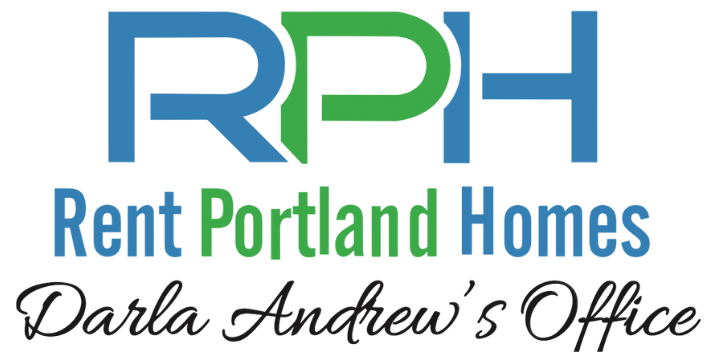Landlords know the importance of collecting a security deposit as insurance against property damage left behind by a tenant. But what happens when the damage is so extensive that the cost goes beyond the security deposit? Are landlords stuck with the extra cost? Not if you take the proper steps upfront.
Create a Clear Lease
A lease is a legally binding agreement between a property owner and tenant. Good leases lay out the expectations for how both sides will behave at the beginning of the relationship. So, before you ever get into the situation of dealing with a severely damaged property, be sure that your lease clearly states the consequences of excess damage. Consider including these provisions in your lease agreements:
- Have a clause stating that the property manager will hold the tenant responsible for damage and repair costs exceeding the security deposit.
- Create a standardized move-in and move-out checklist that documents the state of the property.
- Specify what is considered wear and tear and what is not.
- Specify what maintenance a tenant is responsible for while in residence, like cleaning the appliances or vacuuming the carpet.
Is it Wear and Tear or Damage?
Landlords should expect to thoroughly clean and paint a unit when a tenant moves out and to see some general wear and tear. Minor damages such as holes from pictures on the wall or loose cabinet hinges typically fall under the landlord’s responsibility. Eventually, even high-end appliances will degrade and break down, and the landlord will need to replace them.
Damage, however, occurs due to unreasonable use, abuse, or accidents. As a result, landlords are justified in recouping repair and replacement costs from a tenant’s security deposit. This type of damage could include:
- Torn curtains or broken blinds.
- Damaged flooring, including holes, tears, burns, or oil spills.
- Broken doors and windows.
- Pet damage.
- Large holes in walls.
- Cuts or burns on countertops.
- Unauthorized painting.
- Broken toilets.
If you are having trouble deciding if something is regular wear and tear or potential damage, consider these questions:
- Could this damage happen naturally over time?
- Was this item already old or worn out before the tenant moved in?
- How long should this item reasonably last?
- Did the tenant do something with excessive force or neglect to damage it?
Document Your Findings
Before you meet with potential new tenants, you should establish a system for documenting a property’s condition before move-in. Start by creating a checklist ahead of time so that your pre-move-in inspection is standardized across multiple properties and through multiple tenants. You should also capture “before” pictures during the inspection that are dated and display the current condition of the unit’s fixtures, walls, carpets, appliances, windows, etc.
Once a tenant has vacated the property, use your standardized checklist to document the move-out state of the residence. At the same time, capture “after” pictures of any damage before you conduct repairs. If you do find damage, make a list of repair costs and obtain a written cost estimate from a licensed contractor. Once the contractor has completed the repairs, save your receipts to prove that the costs exceeded the security deposit.
Bill the Tenant
Once you have an itemized list of damages and repair costs, you can bill the tenant for the difference. In Oregon, landlords have 31 days to return the security deposit after a lease termination and the delivery of the rental unit to the landlord. So, you’ll want to act quickly. Proper documentation means that the tenant is more likely to pay the damages and avoid small claims court.
A billing letter to your tenant should be clear and concise and include:
- The tenant’s security deposit amount.
- Your repair costs.
- Total excess amount due.
- Copies of repair receipts.
- Instructions for paying the balance via card or check.
- Details for lodging an objection to the charges.
- Your contact information.
Although this is a frustrating situation, it is important to keep your letter polite and professional.
Have a Support Team
Having destructive tenants can take up a lot of time and effort when you could be focusing on other things. The team at Rent Portland Homes by Darla Andrew has the expertise to manage the details involved in communicating with your former tenant, repairing your property, and getting it back on the market as soon as possible! Call or text Darla today at 503.515.3170 to learn how we provide the support you need to enjoy the rental process without any of the headaches.


Recent Comments